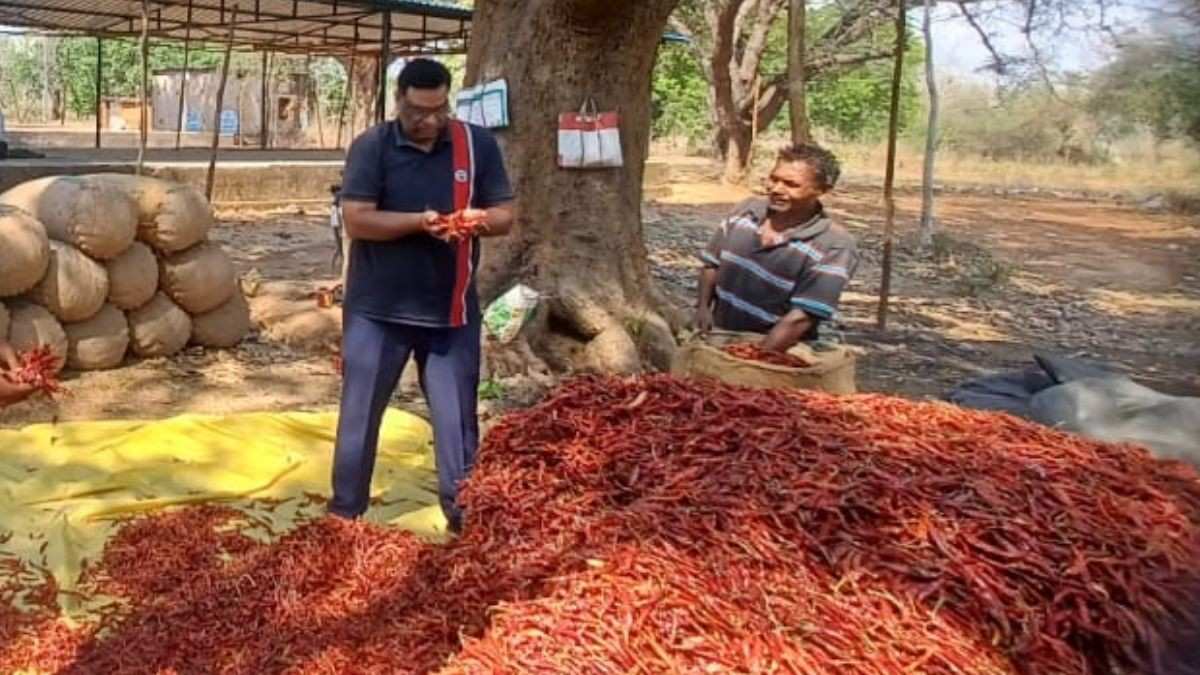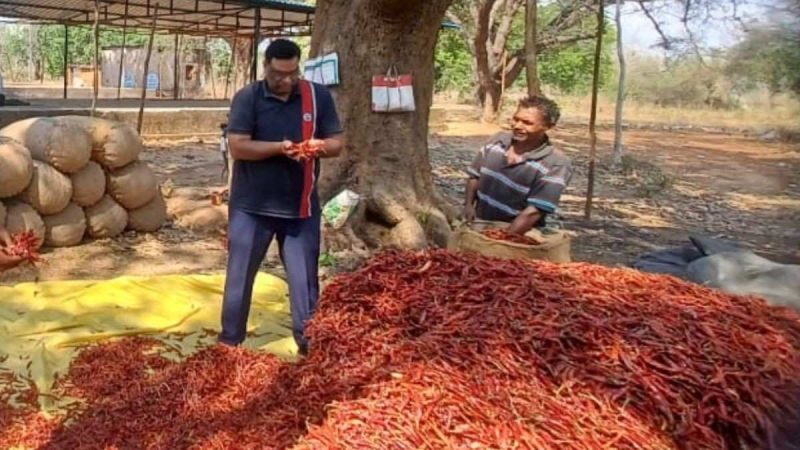Apart from its beautiful culture, Odisha is also known for its chillies. Especially the pungent Kuchinda chillies, which are used in pickles, curries and chutney. Despite being loved in the culinary world, these chillies are slowly losing their importance due to many factors, and sadly, many farmers are now abandoning their cultivation. Here’s why.
Famous Chillies From Odisha Are Losing Their Fire
For decades, the fiery hot green and red chillies from the Kuchinda and Bamra region of Odisha have enjoyed a very famous status. Their high demand across markets in Jharkhand, Chhattisgarh, Madhya Pradesh and Maharashtra proves just that. These chillies from Odisha, which are considered one of the best indigenous varieties in the country, are known for their distinct flavour, thick skin and high pungency. Their superior quality also makes them essential for many local recipes in the state.
Kuchinda chillies are also considered second best to Guntur chillies from Andhra Pradesh. But there is a big difference between these two varieties. Guntur chillies flatten after drying, but Kuchinda chillies retain their shape and are more pungent.
But sadly, farmers are abandoning their cultivation. As per a report by ETV Bharat, even after the Spice Board of India recognised Kuchinda chilli as one of the high-yielding varieties after a lab test in 2022, it still failed to be profitable. The absence of fixed pricing and the lack of government incentives have made these chillies lose their importance, or you can say fire, in the western belt of Odisha.
High Cultivation Cost & No Fixed Price
Cultivating one acre of these famous Odisha chillies costs ₹45,000-₹50,000. A chilli farmer, Manbodh Patel, shared with ETV Bharat that earlier they used to get ₹250 per kg, but now traders are giving only ₹80-₹100. This cut in price is making it difficult for farmers to continue cultivation. They are not making enough profit. The lack of a fixed minimum price has made many farmers take a step back.
You would like to know that at one time, over 1,000 farmers cultivated these chillies in the Kuchinda region. Today, the number has declined significantly, and only a few remain. Farmers also fear the decline of the region’s indigenous chilli variety seeds. They say these native seeds once produced the most flavourful chillies in India. But unfortunately, the government is taking no steps to preserve them. There are no processing plants, no organised procurement system and no price assurance. Without all these things, chilli farming apparently cannot survive in Odisha.
Moreover, despite being recognised as one of the best indigenous varieties in the country, these Kuchinda chillies from Odisha have not yet received a GI tag. This is another reason this variety is not getting its due attention. The recognition would definitely help boost the market for these chillies and revive the hope of many farmers, many of whom have now diverted their attention to other crops. Let’s just hope these chillies don’t disappear from our recipes and the government steps in to revive them!
Have you ever tried these Odisha chillies in your recipes? How was the taste? Do share your thoughts with us in the comments.
Cover Image Courtesy: @ormas_odisha/X
For more such snackable content, interesting discoveries and the latest updates on food, travel and experiences in your city, download the Curly Tales App. Download HERE. First Published: November 20, 2025 12:32 PM




